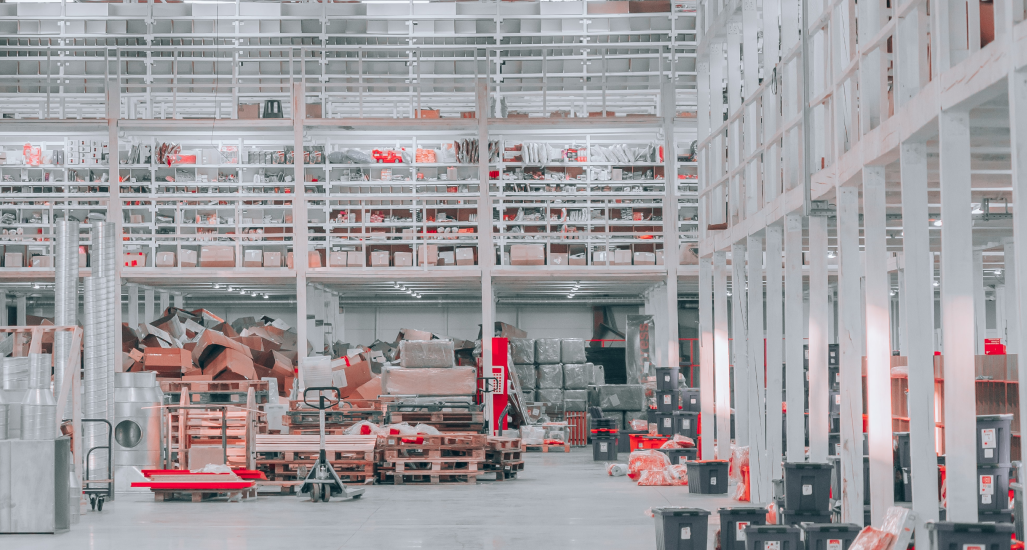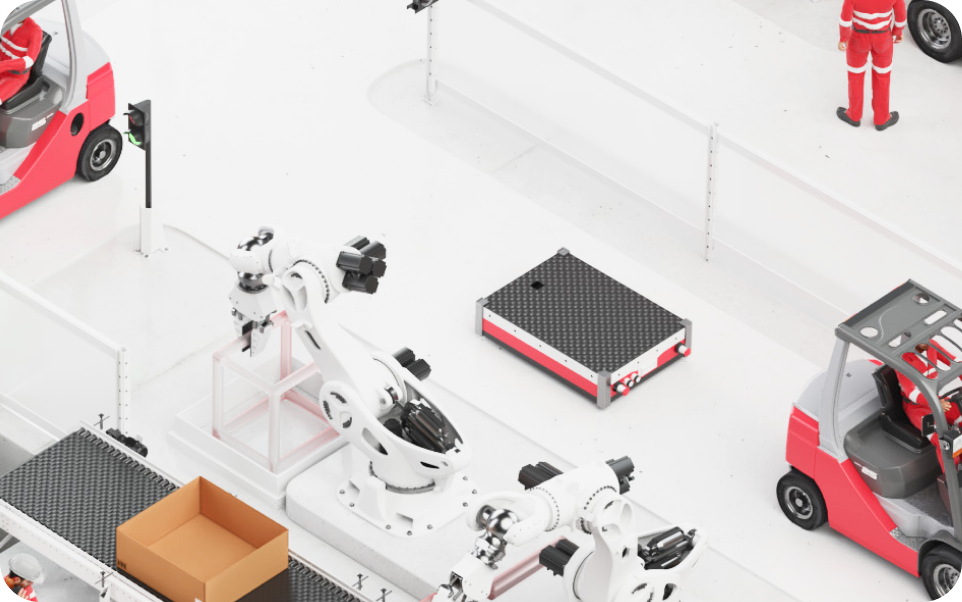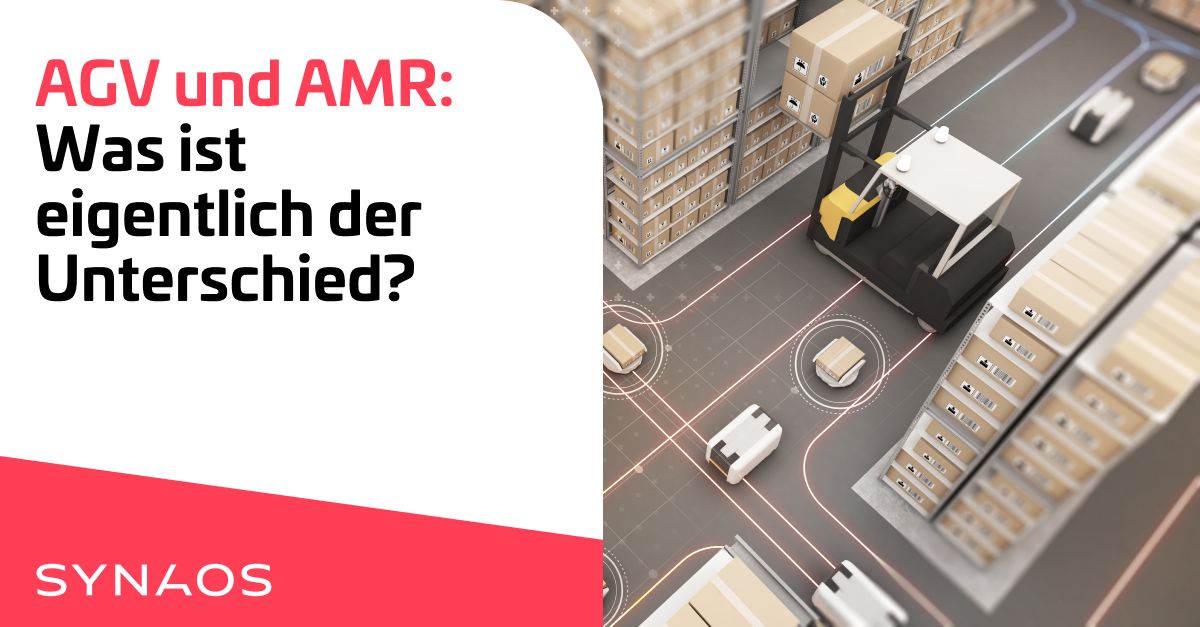Die SYNAOS IMP – Lassen Sie sich beraten
Sie wünschen sich mehr Effizienz durch kürzere Produktionszeiten und eine größere Kostenersparnis? In einem ausführlichen Gespräch stellen wir Ihnen dar, wie unsere SYNAOS IMP Ihre Intralogistikprozesse um ein Vielfaches optimieren kann. Live-Demo inklusive.
Sie wünschen sich mehr Effizienz durch kürzere Produktionszeiten und eine größere Kostenersparnis? In einem ausführlichen Gespräch stellen wir Ihnen dar, wie unsere SYNAOS IMP Ihre Intralogistikprozesse um ein Vielfaches optimieren kann. Live-Demo inklusive.
Sie sind Hersteller von AGVs und oder AMRs?
SYNAOS verfügt über das größte Mobile Robot-Partnernetzwerk der Industrie. Für unsere Kunden bedeutet das maximale Flexibilität und Resilienz. Und für unsere Partner einen größeren Absatzmarkt. Sprechen Sie mit uns, wenn auch Sie an einer Partnerschaft interessiert sind und Ihre Hardware via VDA 5050 kompatibilisieren möchten.
SYNAOS verfügt über das größte Mobile Robot-Partnernetzwerk der Industrie. Für unsere Kunden bedeutet das maximale Flexibilität und Resilienz. Und für unsere Partner einen größeren Absatzmarkt. Sprechen Sie mit uns, wenn auch Sie an einer Partnerschaft interessiert sind und Ihre Hardware via VDA 5050 kompatibilisieren möchten.
Lassen Sie uns von Experte zu Experte sprechen
Jede Intralogistik-Umgebung ist anders, die Prozessanforderungen sind stets hochindividuell. Wenn dann Automatisierung und Digitalisierung hinzukommen, wirft das viele, teils knifflige Fragen auf. Unsere Fachexperten liefern maßgeschneiderte Antworten.
Jede Intralogistik-Umgebung ist anders, die Prozessanforderungen sind stets hochindividuell. Wenn dann Automatisierung und Digitalisierung hinzukommen, wirft das viele, teils knifflige Fragen auf. Unsere Fachexperten liefern maßgeschneiderte Antworten.

Watch On-demand Demo Video


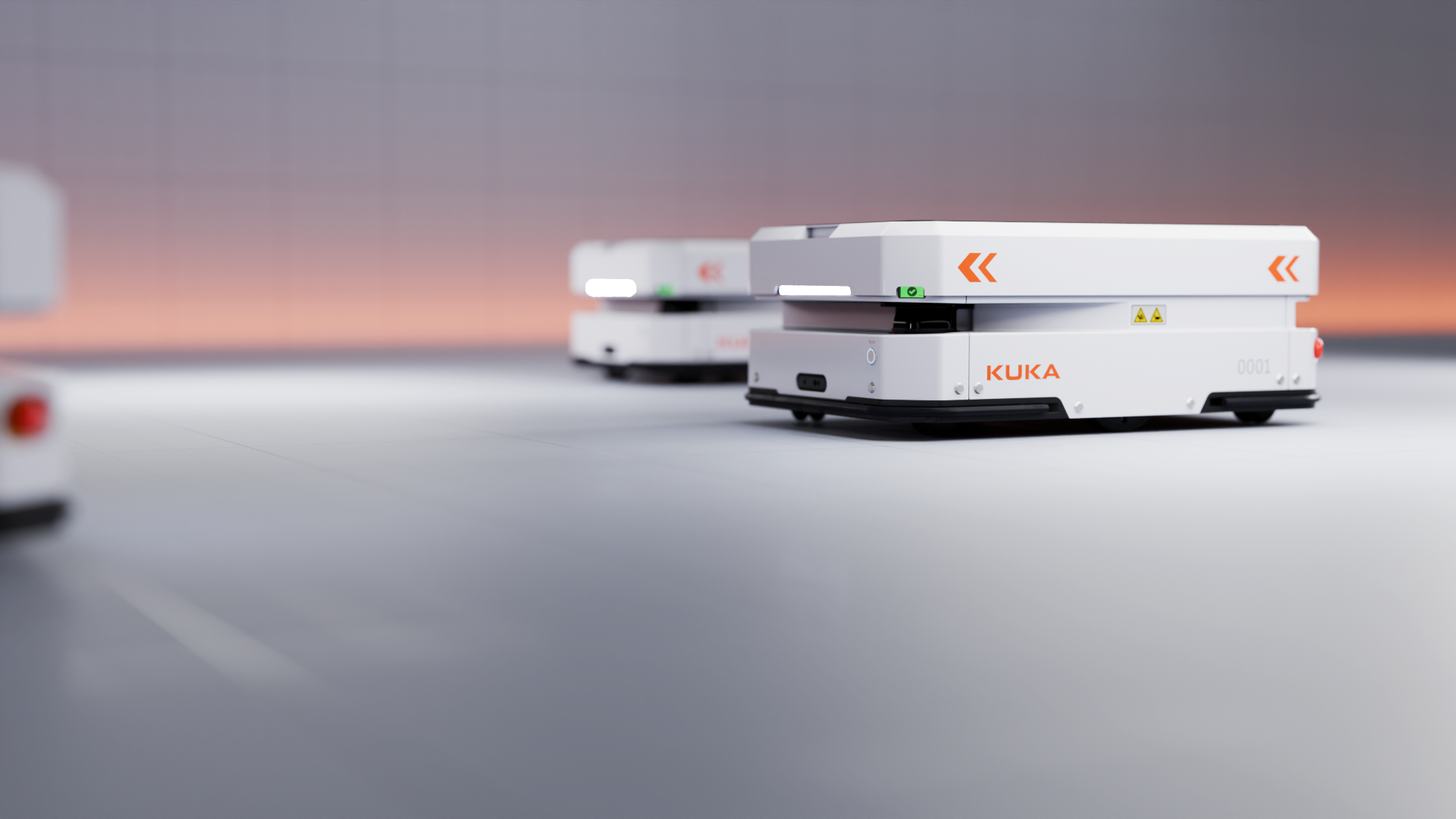
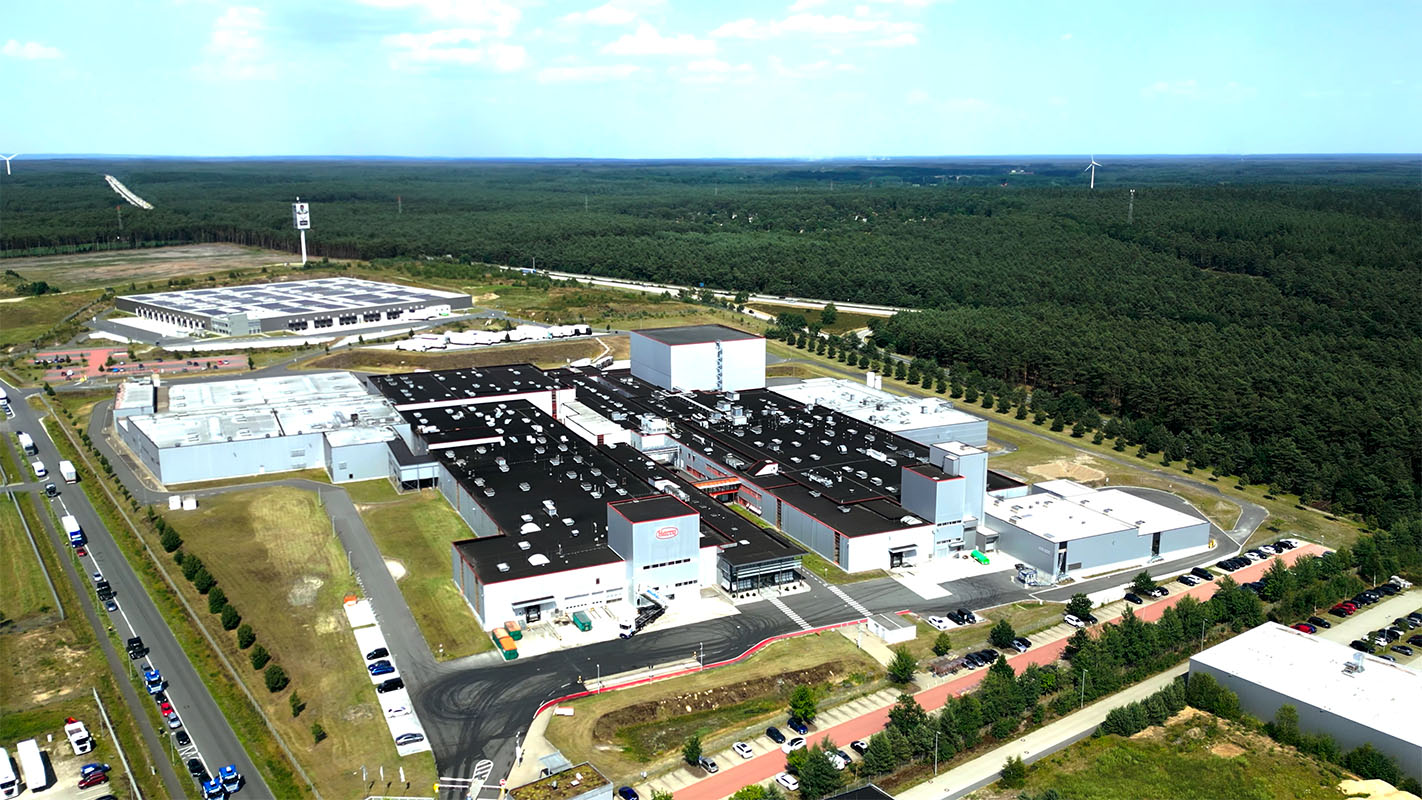

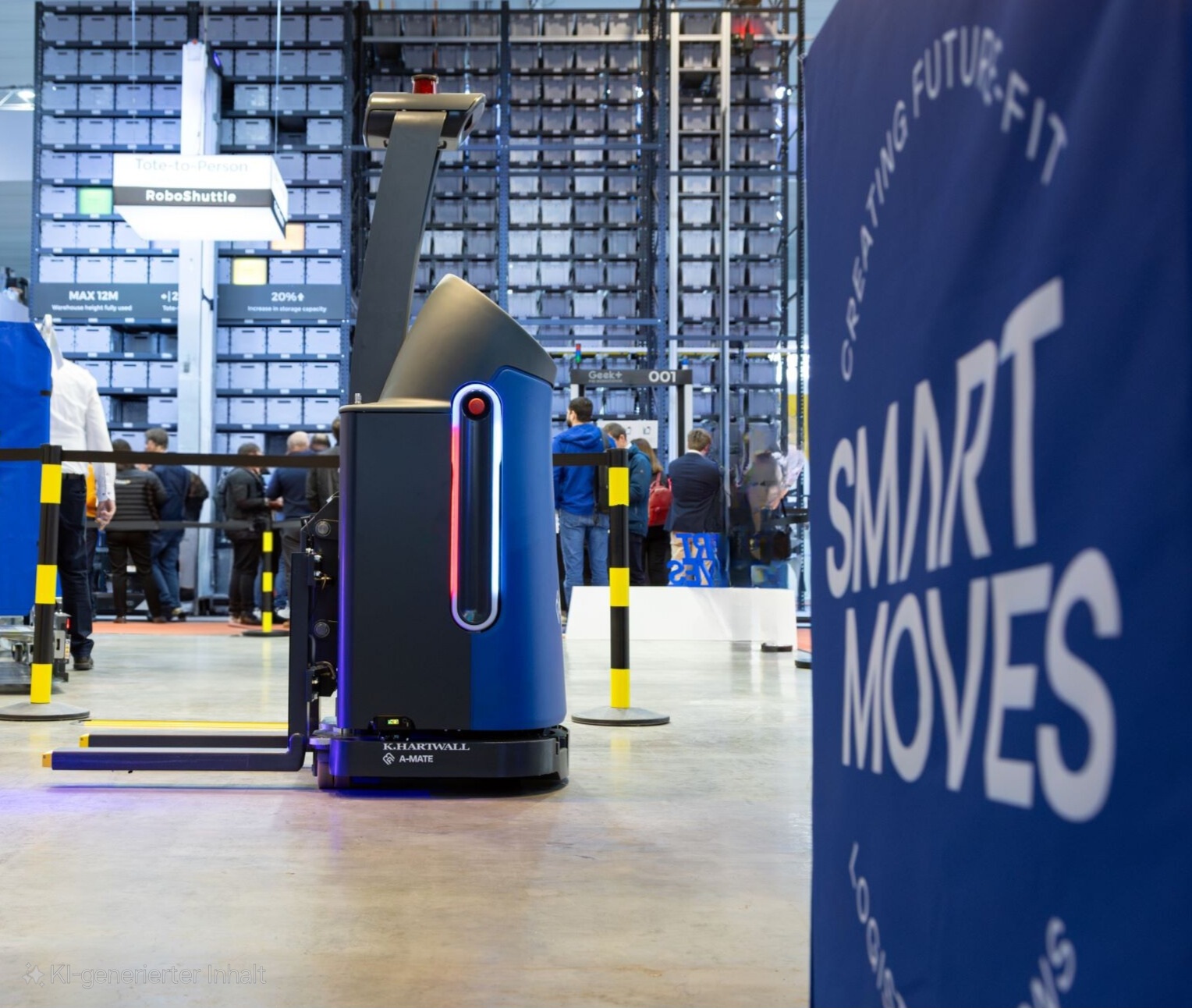








.jpeg)



